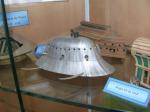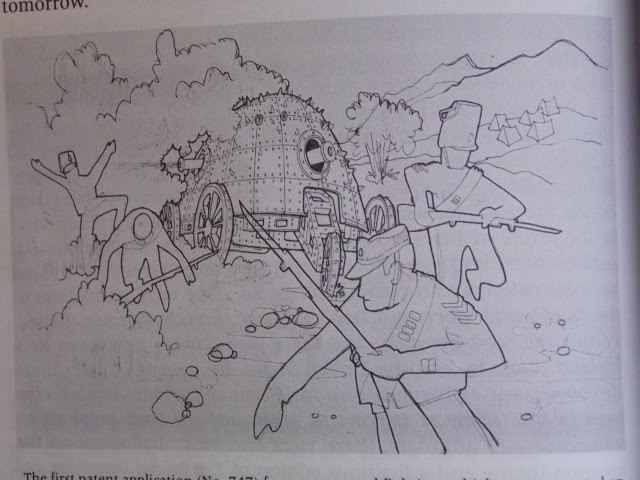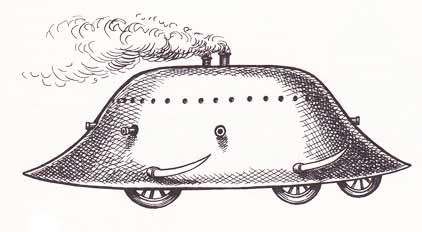
|
|||||||||||||||||||||||||||||||||
One could argue that the history of military vehicles harks back to the days of chariots and siege engines, machines that relied on animal or human power for their propulsion. However, these types of machines eventually became obsolete due to more sophisticated tactics in wars and battles and there was very little invention in terms of propulsion for hundreds of years until the advent of steam, which in itself only inspired the creation of a few military vehicles. One such example was James Cowan's steam 'battle car' of 1855, which never gained any popularity because it was deemed uncivilized ( Sic Lord Palmerson )
Of course, despite strong ideas of the correct way to fight, the mechanization of the military was inevitable. The impact on nations' armies by technology started to become clear as more and more armies began using steam tractors to transport troops and weapons. However, petrol/gas engines were more efficient and versatile and by the start of the twentieth century guns and armor were being added to commercial automobiles. Armored cars were developed during the years leading up the the First World War, but after a year of fighting it became obvious, because of trench warfare making the war a very defensive affair, that these cars were useless - something better needed to be invented. Armies wanted new ways of traversing trenches, shell holes and barbed wire as it was the infantry that endured most of the fighting in these circumstances and took extremely heavy losses
|
|
Droit d’auteur La plupart des photographies publiées sur ce site sont la propriété exclusive de © Claude Balmefrezol Elles peuvent être reproduites pour une utilisation personnelle, mais l’autorisation préalable de leur auteur est nécessaire pour être exploitées dans un autre cadre (site web publications etc) Les sources des autres documents et illustrations sont mentionnées quand elles sont connues. Si une de ces pièces est protégée et que sa présence dans ces pages pose problème, elle sera retirée sur simple demande. Principaux Collaborateurs:
Nb
de visiteurs:8761997 Nb
de visiteurs aujourd'hui:2163 Nb
de connectés:95
| |||||||||||||||||||||||||||||||





.JPG)
.JPG)
.JPG)
.JPG)
.JPG)


